The time for swelling reduction and pain relief after liposuction is usually 1-2 weeks, which varies from person to person and depends on the scope of surgery, personal constitution, and postoperative care. Recovery can be accelerated through cold compress, wearing shapewear, moderate activity, and a balanced diet.
1. The duration of swelling and pain after liposuction is mainly related to the scope of the surgery and individual physical condition. The larger the surgical scope, the deeper the trauma, and the time for swelling and pain may be longer. People with better physical fitness and faster metabolism have a faster recovery rate. Usually, the pain is most noticeable within 1-2 days after surgery, gradually subsides after 3-5 days, and subsides after 7-10 days, but complete recovery may take 2-4 weeks.
2. Postoperative care is crucial for reducing swelling and relieving pain. Cold compress is an effective method. Within 24-48 hours after surgery, apply ice packs to the surgical site for 15-20 minutes each time, with an interval of 1-2 hours, to reduce swelling and pain. Wearing shapewear is also crucial as it helps compress the surgical area, reduce swelling and fluid accumulation, and promote skin adhesion. It is recommended to wear it for at least 4-6 weeks.
3. Appropriate activities can help accelerate recovery. Mild activities such as walking can be started 1-2 days after surgery, but vigorous exercise or prolonged standing should be avoided. Activities can promote blood circulation, reduce swelling and the risk of blood clots. Avoid lifting heavy objects or bending excessively within 2 weeks after surgery to avoid affecting recovery.
4. Dietary adjustments are also helpful for recovery. After surgery, it is recommended to consume more high protein foods such as eggs, fish, and beans to promote tissue repair. Eat more fruits and vegetables rich in vitamin C, such as oranges and spinach, to enhance immunity. Avoid high salt, high sugar, and high-fat foods to reduce edema and inflammation. If postoperative swelling and pain persist for too long, or are accompanied by symptoms such as fever, redness, and abnormal discharge, medical attention should be sought promptly to rule out infection or other complications. Doctors may prescribe antibiotics or painkillers, and further treatment may be necessary. The recovery time of swelling and pain after liposuction varies from person to person, but through scientific postoperative care and reasonable lifestyle adjustments, the recovery process can be accelerated. Closely observe any changes in the body after surgery, and seek medical attention promptly if there are any abnormalities to ensure safety and effectiveness.

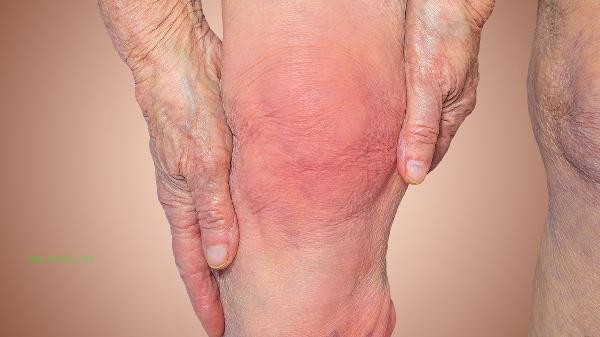
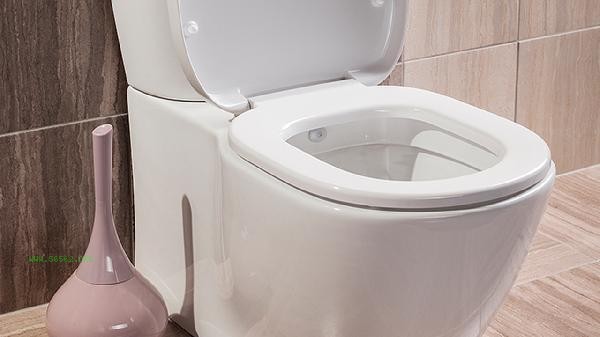
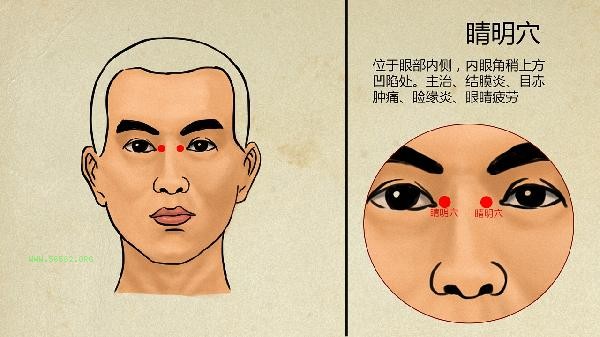
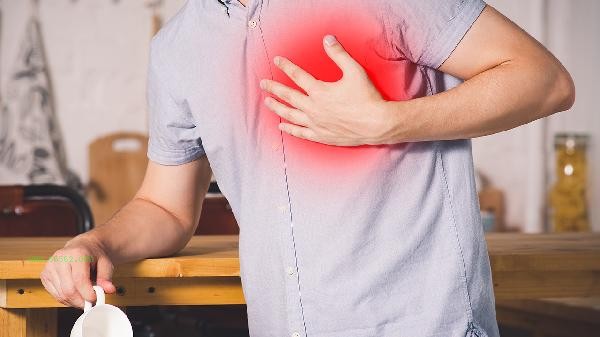
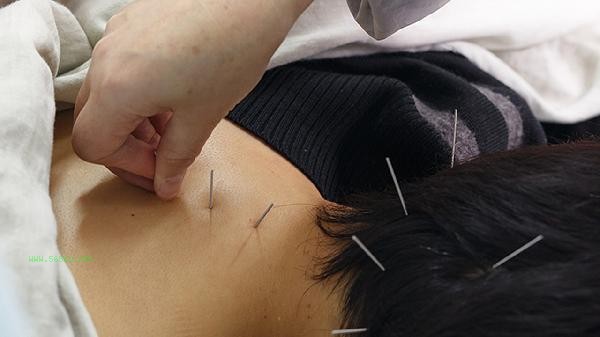


Comments (0)
Leave a Comment
No comments yet
Be the first to share your thoughts!